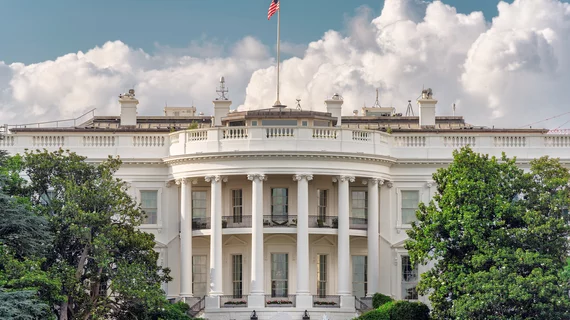In case you missed it over the holiday season, President Donald Trump signed the $2.3 trillion year-end spending bill into law, ensuring radiologists and other physicians avoid significant Medicare payment cuts. He had previously criticized the legislation and threatened to veto it altogether if lawmakers didn’t make certain changes unrelated to healthcare policy.
The official passage of the 2021 Consolidated Appropriates Act came on Dec. 27, providing stimulus payments to individuals and businesses battling the COVID-19 pandemic. Of interest to radiologists is the $3 billion injection to the Medicare Physician Fee Schedule mitigating reimbursement losses due to evaluation and management (E/M) coding changes that would have gone into effect last Friday.
Under the new bill, rad cuts will drop to about 4%, compared to the 10% outlined in the finalized MPFS proposal first released last month. The American College of Radiology, part of a 74-member coalition, had for months been lobbying Congress to eliminate these reductions.
Along with the changes to E/M coding, the bill also postpones the go-live date for a controversial Radiation Oncology Advanced Payment Model to January 2022.
The spending bill also set into motion changes to surprise medical billing practices, removing the monetary threshold required to enter independent dispute resolutions, along with other adjustments.
Key mammography protections were also retained in the new legislation, maintaining the United States Preventative Services Task Force 2002 guidelines recommending screening every one or two years beginning at age 40. The omnibus spending bill extends the moratorium on controversial USPSTF recommendations for biennial screening at age 50 back until Dec. 31, 2022.
Finally, Congress on Sunday voted to push through a $741 billion defense bill previously vetoed by President Trump. The 2021 National Defense Authorization Act (NDAA) mandates Tricare beneficiaries receive permanent coverage for digital breast tomosynthesis, protections the Medical Imaging & Technology Alliance has long called for.
After the House voted 322-87 to override Trump’s veto on Dec. 28, the Senate’s 81-13 vote on New Year’s Day pushed the bill over the finish line, according to Air Force Magazine.

